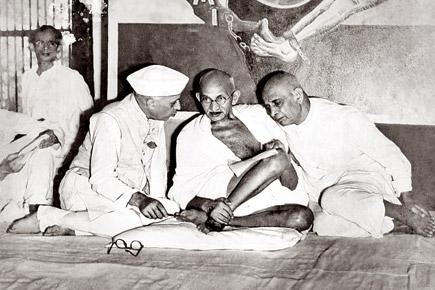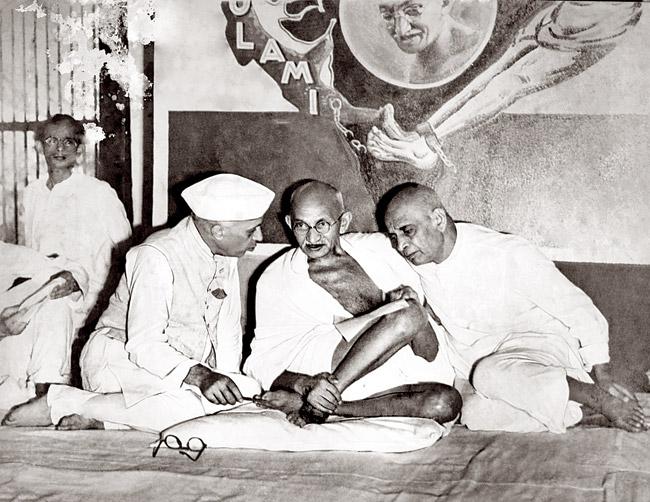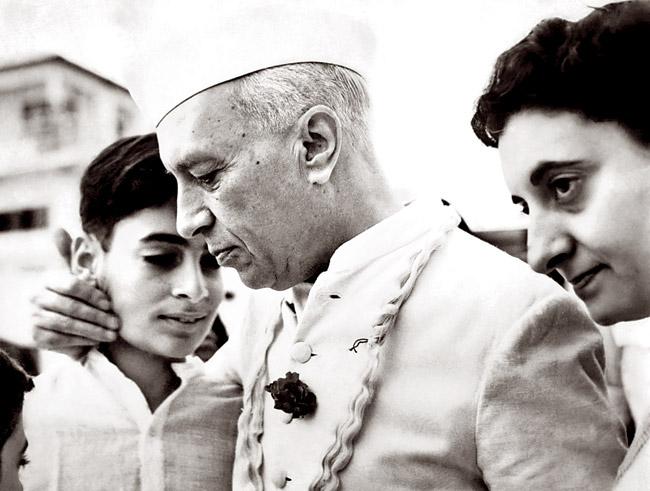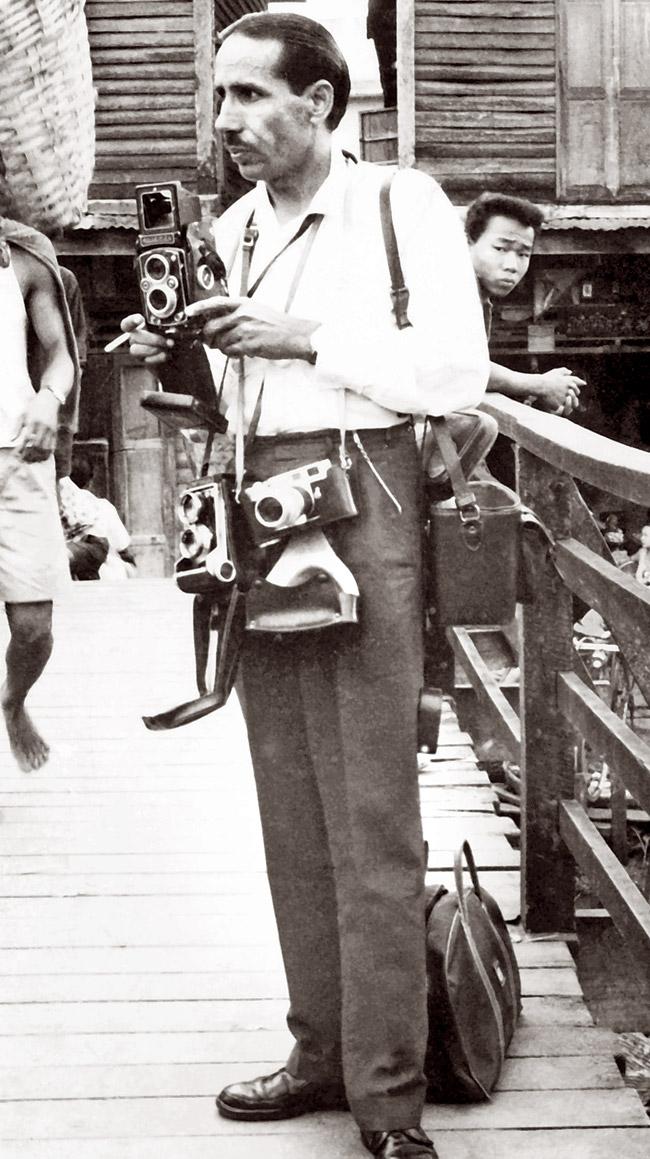Is art for children? It is a debate that I have had internally and with a few people around me

Sardar Patel, Mahatma Gandhi and Jawaharlal Nehru
 Is art for children? It is a debate that I have had internally and with a few people around me. The beauty of art is the fact that different people have a different take to it and not one person necessarily takes the same thing from it. It is with this in mind that I take the kids purposefully to National Gallery of Modern Art (NGMA) despite the fact that many have advised me that NGMA is not for kids.
Is art for children? It is a debate that I have had internally and with a few people around me. The beauty of art is the fact that different people have a different take to it and not one person necessarily takes the same thing from it. It is with this in mind that I take the kids purposefully to National Gallery of Modern Art (NGMA) despite the fact that many have advised me that NGMA is not for kids.
On display at the beautiful institution is a priceless collection of photographs from the 1930s to 1960s by press photographer Kulwant Roy. The exhibition has been curated by Aditya Arya. My kids, Vani and Ammol, are the only kids in the premise.
Formerly known as Sir Cowasji Jehangir Public Hall, NGMA is a beautiful space with its semi-circular galleries at different levels. Each floor of polished wood and gleaming metal railings holds a treasure.
The central spiralling staircase is itself worth examining. I’m delighted to learn that the Public Hall has also been designed by George Wittet, who designed many structures across Mumbai, including the Prince of Wales Museum and King Edward Memorial (KEM) hospital.
ADVERTISEMENT

Sardar Patel, Mahatma Gandhi and Jawaharlal Nehru 1946. This exhibition is on at the NGMA till September 7
The graceful hall was the central location in the 1950s for concerts, political meetings and art activities but fell into disuse after the construction of Jehangir Art Gallery and air conditioned auditoriums like Tejpal, Birla and Patkar Halls, which had better acoustics and lighting. Neglect led to deterioration and in the 1960s and ’70s the place was hired out for boxing matches, trade union meetings, wedding receptions, and discount sales of readymade garments. Until someone decided to do something about this heritage structure. Thank you God.

Jawaharlal Nehru bids farewell to grandson Rajiv, while embarking on a tour of Europe, 1950
We are carefully being followed by the security, lest pesky kids touch the exhibits. The blow-ups of Gandhi that are placed strategically, with the negatives that have almost disintegrated with time, are haunting. Some of these photographs are on display for the first time and each photograph is eloquent in its storytelling. On the second floor are the cameras Roy used as he evolved as a photographer, in terms of time as well as equipment.

Kulwant Roy
Some of the rare visual documentation are that of the Muslim League meeting, INA trials, the signing of the Indian constitution. Roy seems very fond of Khan Abdul Gaffar Khan as well as of Sardar Patel. The last floor on the top is still reserved for paintings and installations. We walk on the polished wooden floor with metal railings feeling happy that some part of the city retains its old-world charm.
 Subscribe today by clicking the link and stay updated with the latest news!" Click here!
Subscribe today by clicking the link and stay updated with the latest news!" Click here!






